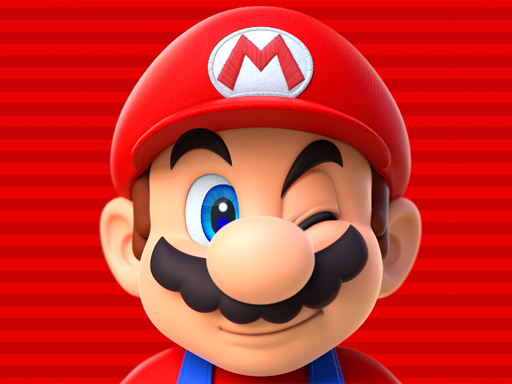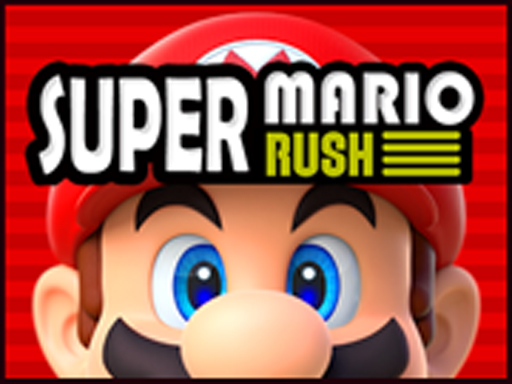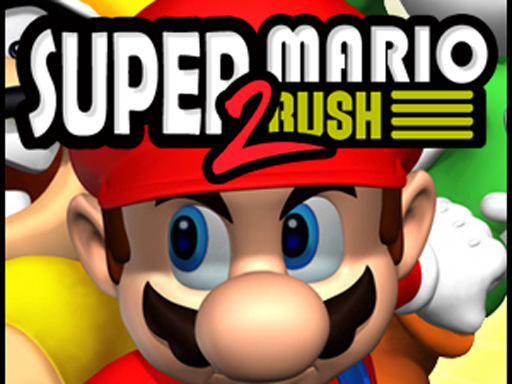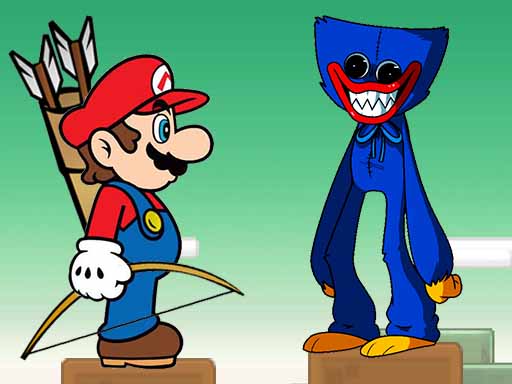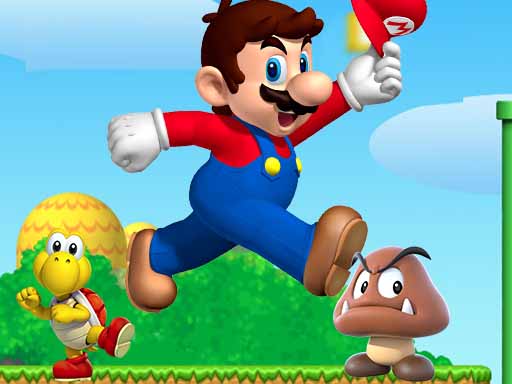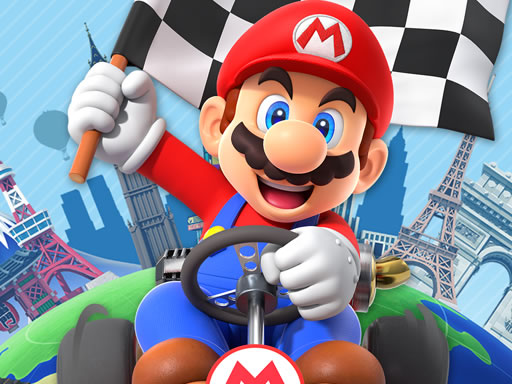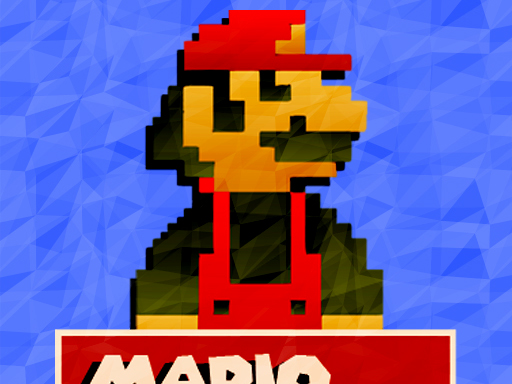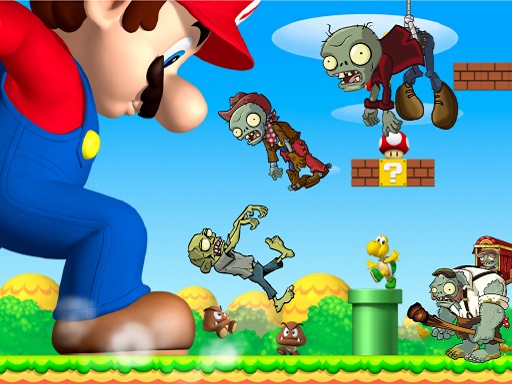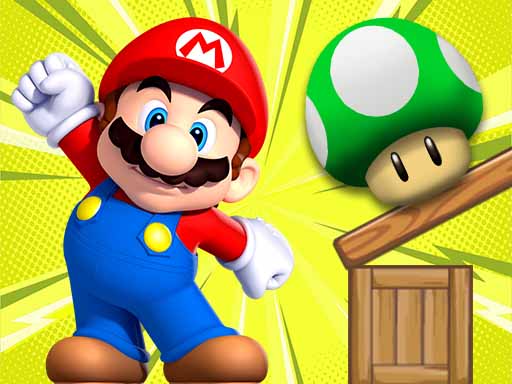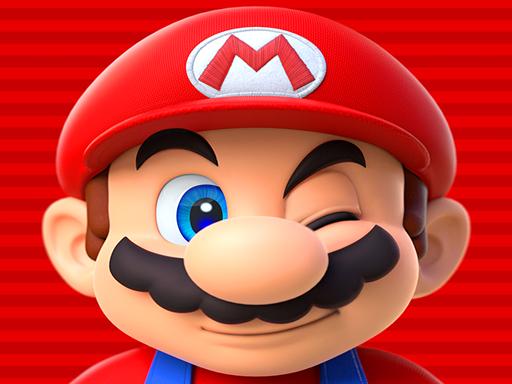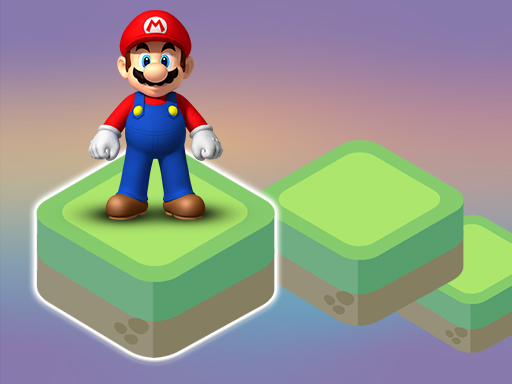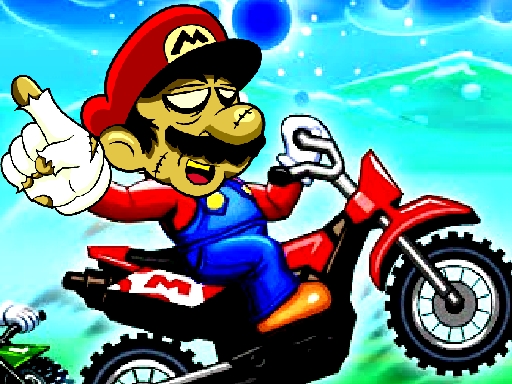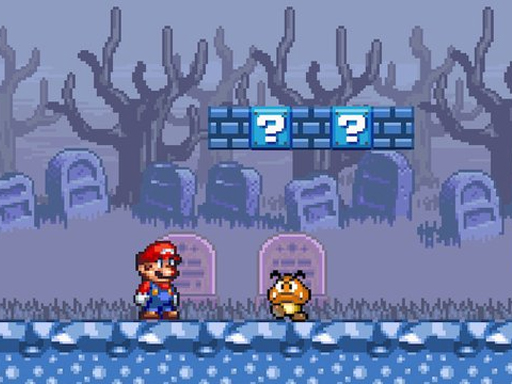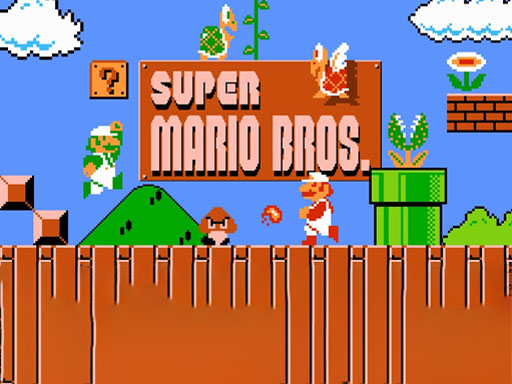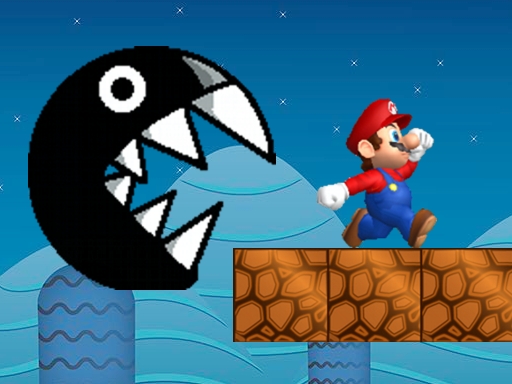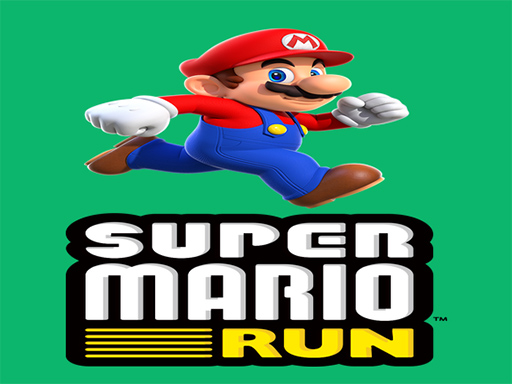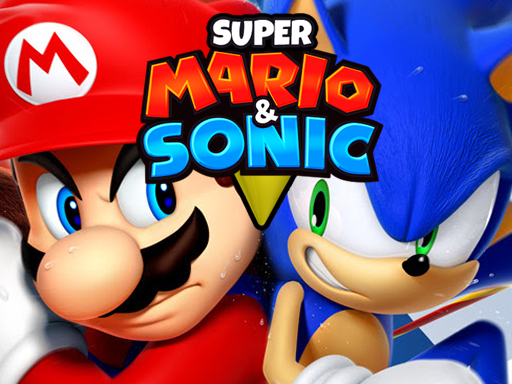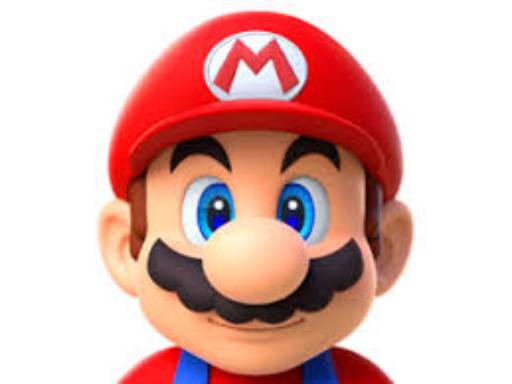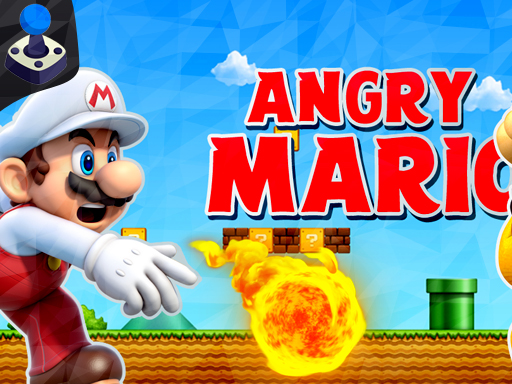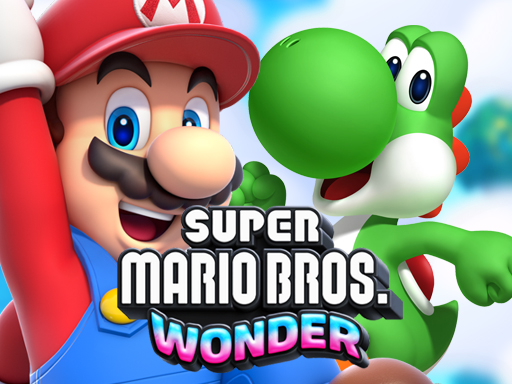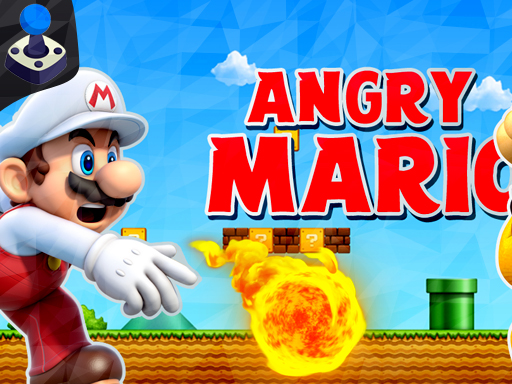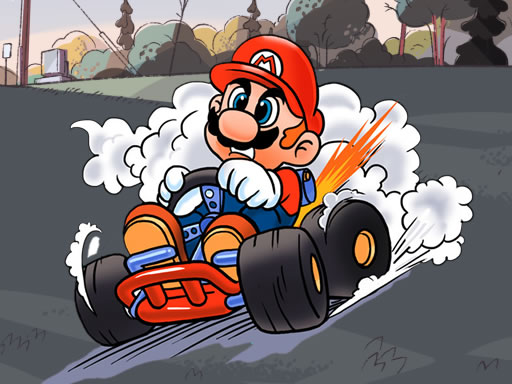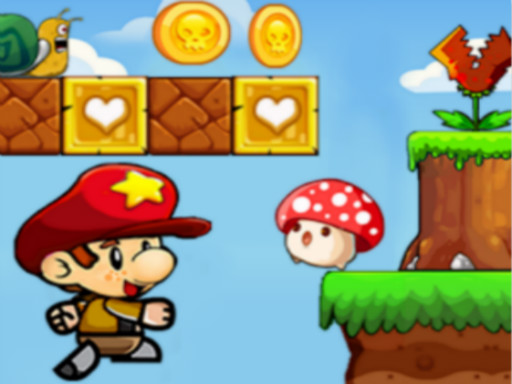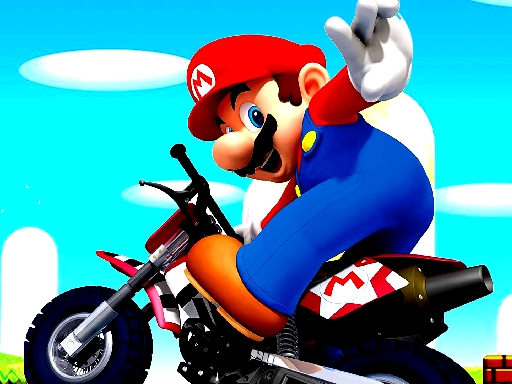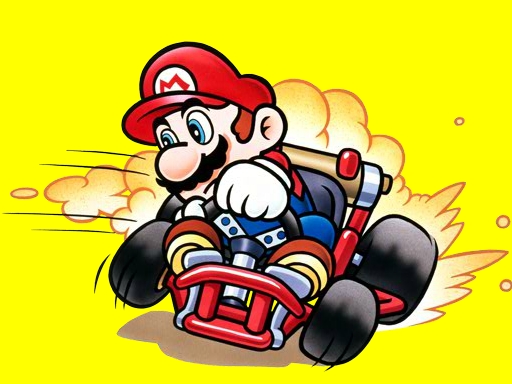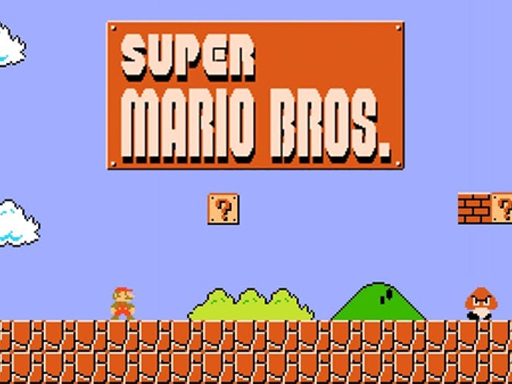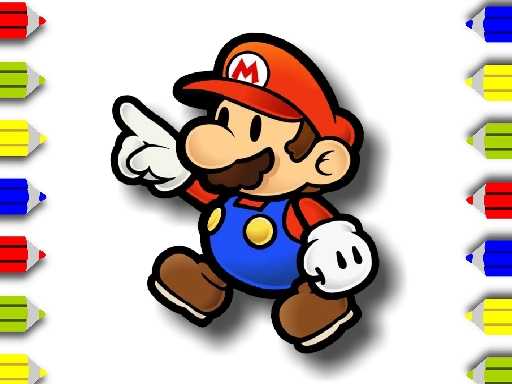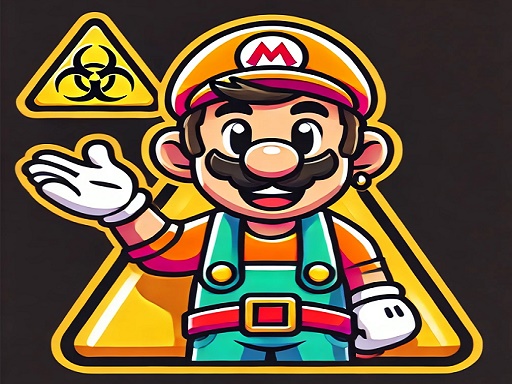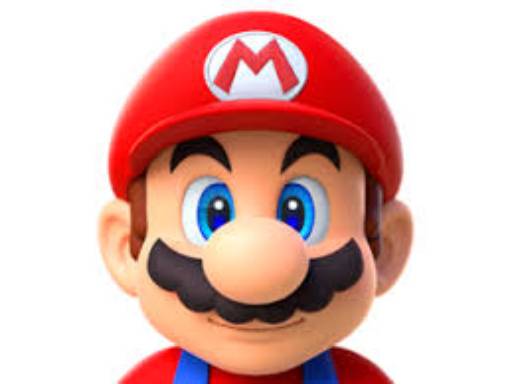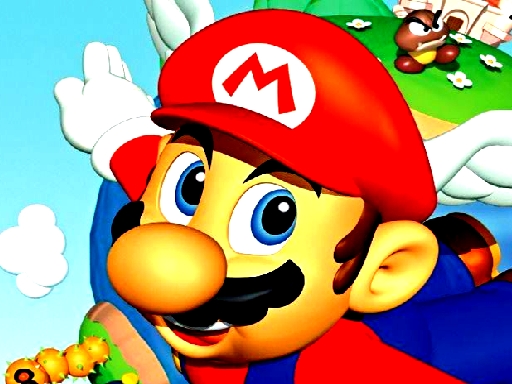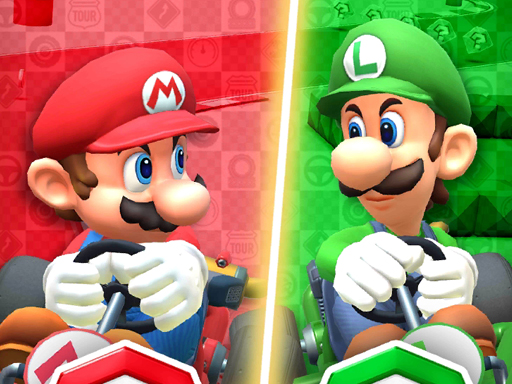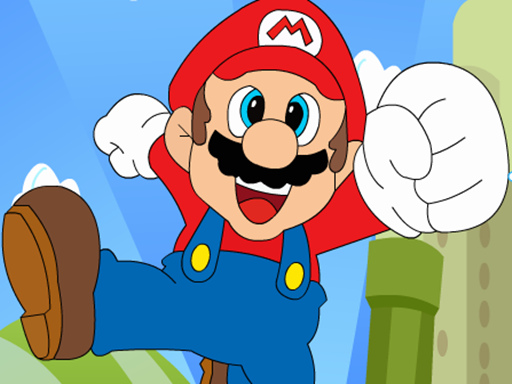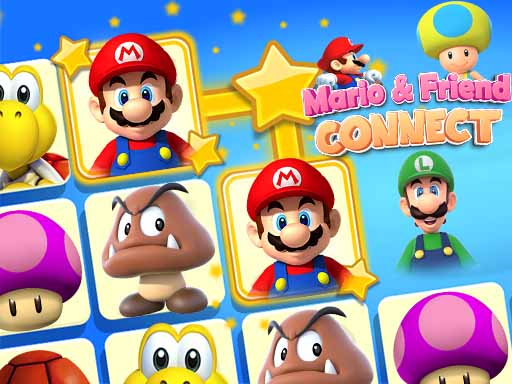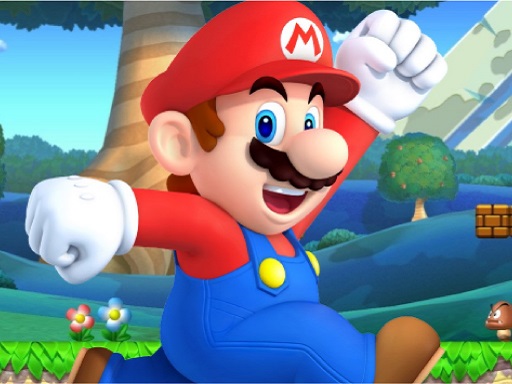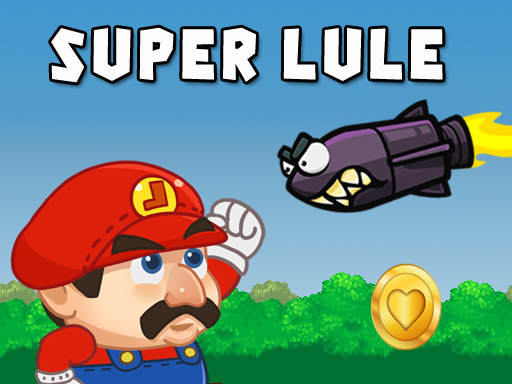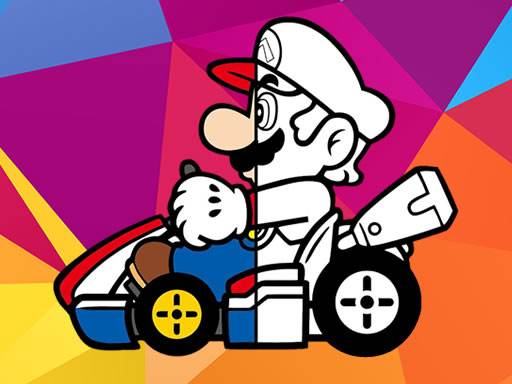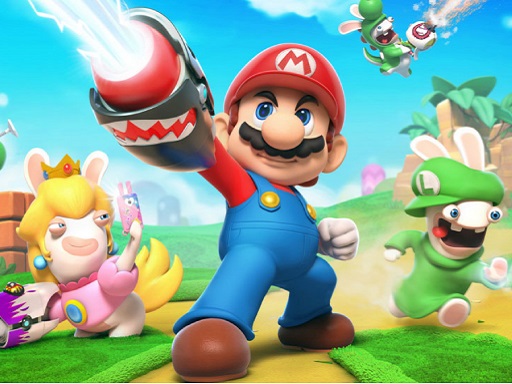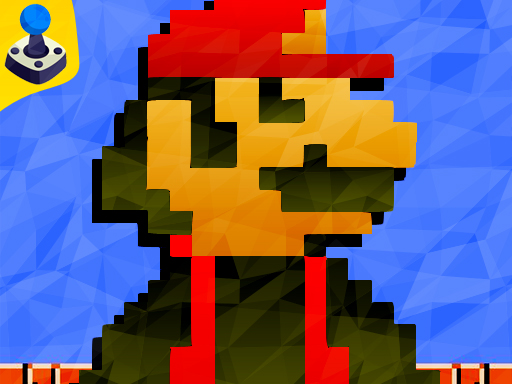
The term "Mario Bros World" can be a bit ambiguous because it sounds like a combination of a few official Nintendo titles, and it's also a common phrase used informally by fans. Let's clarify what it most likely refers to:
1. "Super Mario World" (Official Nintendo Game)
This is the most likely official title people are thinking of when they say "Mario Bros World."
- Release: Super Mario World was released in 1990 in Japan and 1991 in North America as a launch title for the Super Nintendo Entertainment System (SNES).
- Significance: It is widely considered one of the greatest video games of all time and a masterpiece of 2D platforming. It was a direct sequel to Super Mario Bros. 3 and expanded significantly on its mechanics.
- Key Features:
- Dinosaur Land: The setting is a new, vibrant continent called Dinosaur Land.
- Yoshi's Debut: This game introduced Yoshi, the lovable dinosaur companion, who could be ridden, eat enemies, and spit them out or use their abilities.
- Cape Feather: A new power-up that granted Mario the ability to fly and glide for extended periods, offering incredible vertical exploration.
- Non-Linear World Map: While Super Mario Bros. 3 had a world map, Super Mario World made it even more expansive and interconnected, with numerous secret exits and branching paths leading to hidden levels (like Star Road and Special World).
- Spin Jump: A new maneuver that allowed Mario to bounce off certain enemies and destroy specific blocks.
- More Secrets: Famous for its many hidden paths, exits, and the challenge of finding all 96 "exits" (not just levels).
- Legacy: Super Mario World sold over 20 million copies, making it the best-selling game on the SNES. Its innovations influenced countless platformers and solidified Mario's status as a gaming icon in the 16-bit era.
2. "Mario Bros." (Original Arcade Game)
This is the very first game where Mario (then "Jumpman" in Donkey Kong, but officially named Mario here) and his brother Luigi appeared together as titular characters.
- Release: Mario Bros. was released in arcades in 1983.
- Gameplay: It's a single-screen arcade game where Mario and Luigi (in two-player mode) clear pipes of creatures by hitting the platform beneath them to flip them over, then kicking them off the screen. It's a very different style of game from the side-scrolling platformers the series became known for.
- Significance: While not a "world" game in the sense of exploration, it established Mario as a plumber, introduced Luigi, pipes, coins, and the POW Block, all of which became staples of the wider Super Mario universe.
3. "SUPER NINTENDO WORLD™" (Theme Park Land)
This is a physical, immersive theme park land found at Universal Studios Japan and Universal Studios Hollywood, with another coming to Universal Epic Universe in Florida.
- What it is: It's a highly themed area designed to bring the Super Mario universe to life, featuring rides like Mario Kart: Bowser's Challenge, interactive elements using "Power-Up Bands," character meet-and-greets, themed dining (Toadstool Cafe), and merchandise shops.
- Experience: It's a "world" in the literal sense, allowing visitors to step into a vibrant, interactive recreation of the Mushroom Kingdom.
4. Informal/Fan-Made Usage:
Many fans might use "Mario Bros World" generically to refer to:
- Any of the Super Mario games that feature multiple worlds or levels (e.g., Super Mario Bros., Super Mario Bros. 3, Super Mario Odyssey).
- Fan-made games or ROM hacks that combine elements of Super Mario Bros. and Super Mario World.
FAQs about "Mario Bros World" (Focusing on Super Mario World)
Q1: Is "Mario Bros World" a specific Nintendo game? A1: The most prominent official Nintendo game that matches this name is Super Mario World, released for the SNES. The original 1983 arcade game is simply "Mario Bros."
Q2: What's the difference between "Super Mario Bros." and "Super Mario World"? A2: Super Mario Bros. (1985, NES) is the foundational 2D side-scrolling platformer. Super Mario World (1990/1991, SNES) is its 16-bit successor, featuring vastly improved graphics, sound, new mechanics (like Yoshi and the Cape Feather), a more expansive and interconnected world map with secret exits, and generally more complex level design.
Q3: Is Super Mario World available on modern Nintendo systems? A3: Yes! Super Mario World is typically available as part of the Nintendo Switch Online + Expansion Pack service, allowing subscribers to play SNES games. It has also been re-released on various Virtual Consoles over the years.
Q4: What is SUPER NINTENDO WORLD™? A4: SUPER NINTENDO WORLD™ is a themed land at Universal Studios theme parks (Japan, Hollywood, soon Orlando) that brings the Super Mario universe to life with rides, interactive experiences, dining, and shops. It's a physical "world" you can visit, not a video game.
Q5: Why is Super Mario World considered so iconic? A5: It perfected 2D platforming, introduced beloved characters like Yoshi, offered unprecedented freedom with its world map and secret exits, and showcased the graphical and sound capabilities of the SNES, setting a high bar for future platforming games.
Pros and Cons of Super Mario World (The Game)
Pros:
- Masterful Level Design: Incredibly creative and varied levels that constantly introduce new mechanics and challenges.
- Introduction of Yoshi: Yoshi quickly became a fan-favorite, adding a new layer of gameplay with his unique abilities and different color variations.
- Cape Feather: One of the most beloved and versatile power-ups, offering amazing flight mechanics and exploration.
- Non-Linear Progression: The expansive world map with multiple paths, secret exits, and hidden worlds (Star Road, Special World) encourages exploration and replayability.
- Discovery and Secrets: Finding all 96 exits is a rewarding challenge that adds immense longevity to the game.
- Iconic Music: Koji Kondo's soundtrack is legendary, with memorable tunes that perfectly complement the game's atmosphere.
- Polished Controls: Responsive and precise controls make for incredibly satisfying platforming.
- Visual and Audio Leap: A huge step up from the 8-bit NES games, showcasing the SNES's capabilities with colorful sprites and detailed backgrounds.
Cons:
- Difficulty Curve (Subjective): Some argue that the main path is relatively easier than Super Mario Bros. 3, with the true challenge reserved for finding all secrets.
- Cape Feather "Overpowered" (for some): While beloved, the Cape Feather's extensive flight capabilities can sometimes make certain levels feel too easy once mastered.
- Two-Player Alternating: Like previous 2D Mario games, multiplayer is strictly turn-based (alternating turns upon death), not simultaneous co-op like New Super Mario Bros. Wii.
- No Saves (Original SNES): While the SNES version had battery backup for saving progress, earlier Super Mario Bros. games on NES famously lacked this, forcing long play sessions or use of continue codes. Self-correction: Super Mario World did introduce a save feature via the world map, which was a significant improvement over earlier titles.
Super Mario World is truly a landmark title that continues to be celebrated by gamers worldwide.
